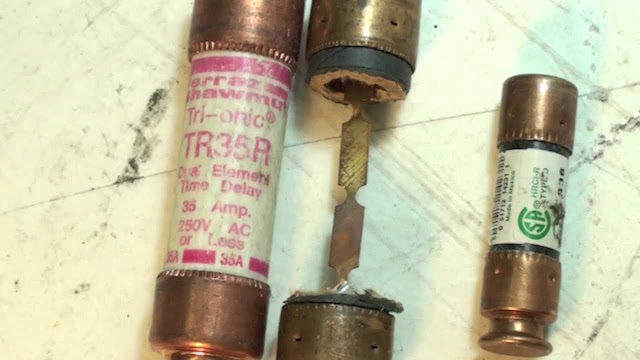What Is The Fuse?
A fuse protects an electrical circuit or device from excessive current when a metal element inside it melts to create an open circuit. With the exception of resettable fuses, a fuse must be discarded and replaced after it has fulfilled its function.
When high current melts a fuse, it is said to blow or trip the fuse. (In the case of a resettable fuse, only the word trip is used.)
A fuse can work with either AC or DC voltage and can be designed for almost any current. In residential and commercial buildings, circuit breakers have become common, but a large cartridge fuse may still be used to protect the whole system from short-circuits or from overcurrent caused by lightning strikes on exposed power lines.
In electronic Schematic symbols for a fuse are shown in the figure.
How Does it Work?





